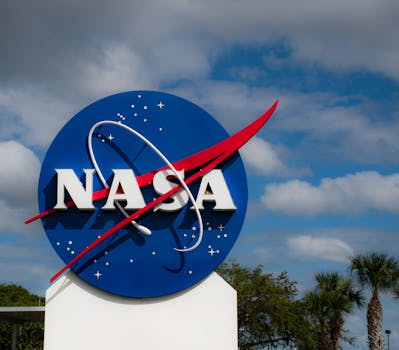
Satellite Launch Missions and Their Impact on Space Exploration
Satellite launch missions have been a crucial part of space exploration for decades, and their impact on our understanding of the universe cannot be overstated. With the help of satellite launch missions, we have been able to study the Earth, the Sun, the planets, and the stars in unprecedented detail. In this article, we will explore the history of satellite launch missions, their current applications, and their future prospects.
Satellite launch missions began in the 1950s, with the launch of the first artificial satellite, Sputnik, by the Soviet Union. This was followed by the launch of the first American satellite, Explorer 1, in 1958. Since then, thousands of satellites have been launched into space, and they have become an essential part of our daily lives. Satellites are used for a wide range of applications, including communication, navigation, weather forecasting, and scientific research.
The Current State of Satellite Launch Missions
Today, satellite launch missions are more sophisticated and complex than ever before. With the help of advanced technology, satellites can now be launched into space with greater precision and accuracy. The development of reusable rockets, such as those developed by SpaceX, has also made satellite launch missions more cost-effective. This has led to an increase in the number of satellite launch missions, with many more planned for the future.
One of the most significant applications of satellite launch missions is in the field of communication. Satellites are used to transmit data, voice, and video signals around the world, enabling global communication and connectivity. They are also used for navigation, providing location information and timing signals for GPS and other navigation systems.
The Future of Satellite Launch Missions
The future of satellite launch missions is exciting and promising. With the help of advanced technology, satellites will become even more sophisticated and capable. They will be used for a wide range of applications, including space exploration, scientific research, and commercial development. The development of new launch vehicles, such as the Space Launch System (SLS) and the Orion spacecraft, will also enable humans to travel to the Moon, Mars, and beyond.
In addition to their practical applications, satellite launch missions have also inspired generations of scientists, engineers, and explorers. They have expanded our understanding of the universe and have raised new questions about the nature of space and time. As we continue to explore the universe, satellite launch missions will play an increasingly important role in helping us to understand the mysteries of the cosmos.
Conclusion
In conclusion, satellite launch missions have had a profound impact on space exploration and our understanding of the universe. From their early beginnings to the present day, satellite launch missions have enabled us to study the Earth, the Sun, the planets, and the stars in unprecedented detail. As we look to the future, it is clear that satellite launch missions will continue to play a vital role in space exploration, enabling us to travel to the Moon, Mars, and beyond.

